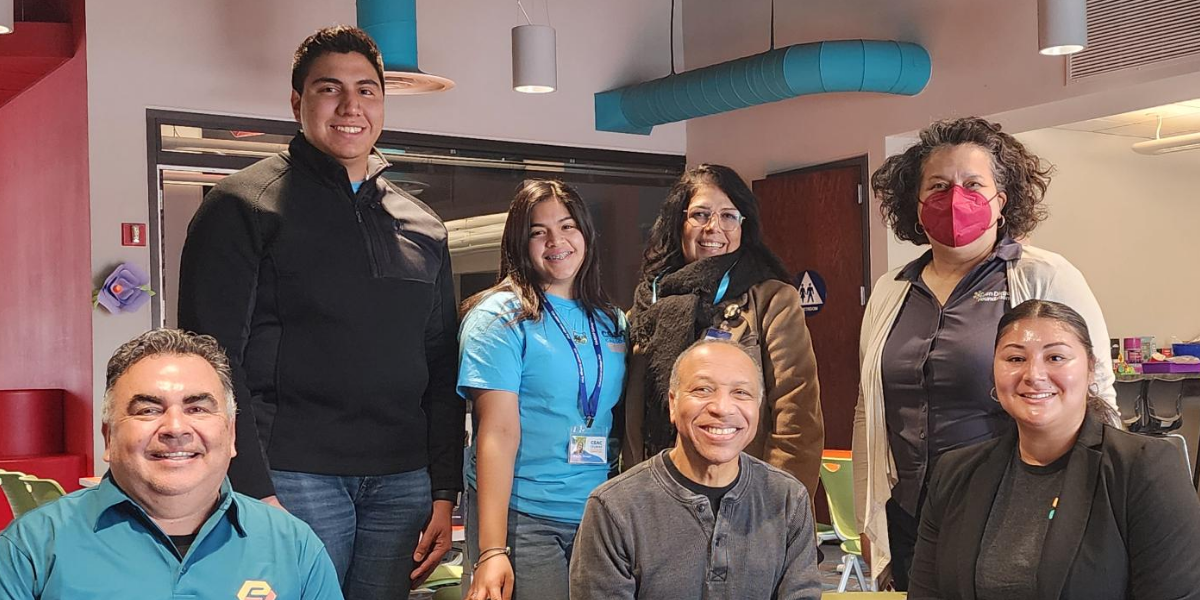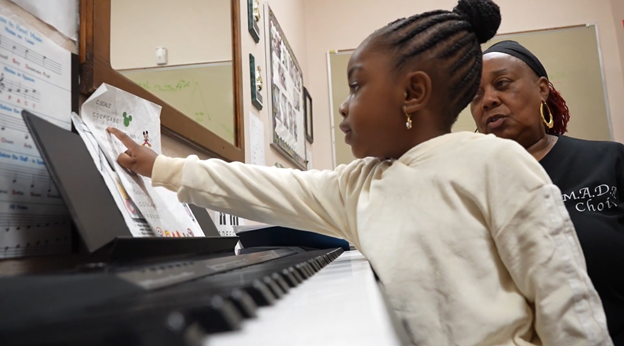The past two years have brought many challenges to the classroom – such as distance learning, learning loss and a political debate about what should be taught – and has caused a crisis in teaching.
With many educators leaving schools or retiring from the profession, the already low percentage of Black and Latino teachers has dropped even lower, reducing teacher diversity.
According to a state-by-state review from The Education Trust, “access to a racially and culturally diverse teacher workforce is beneficial for all students, particularly for students of color, who often thrive in classrooms led by teachers that share their race and culture.”
With school districts preparing to recruit for their teaching staff next year, ensuring that educators represent the diversity of the classroom should be a priority. According to a recent article from The Brookings Institution, “over 50 percent of students are from nonwhite racial and ethnic backgrounds, compared to roughly 20 percent of teachers.”
That’s a divide that districts have an opportunity to reduce by focusing on building a diverse staff.
Teacher Diversity Matters
According to research by Johns Hopkins University, Black students who had just one Black teacher by third grade were 13 percent more likely to enroll in college – and those who’d had two were 32 percent more likely.
It’s very clear that teachers of color can have a huge impact on the success of students that identify with their teachers racially and culturally. In fact, providing students access to teachers who represent the diversity of our country has several advantages.
The authors of the Brookings article cite three key reasons educator diversity is so important in the book, “Teacher Diversity and Student Success.”
1. Teachers of color make a lasting impact on students of color.
Research continues to show that educational outcomes for children improve if their teachers are of the same background.
2. Teachers of color help build a representative school bureaucracy.
It has been shown that schools with diverse teachers that better-represent the students are “associated with smaller gaps in test scores and more parent engagement among communities of color.”
3. Teachers of color help promote tolerance among all students.
According to the authors, “exposure to a racially and ethnically diverse set of teachers will help all students, regardless of background.”
While studies consistently show that a better racial and ethnic representation of teachers in schools helps improve educational outcomes and reduces disciplinary problems, school administrators continue to struggle with finding and keeping Black or Latinx educators.
More concerning, the numbers of seasoned minority teachers are leaving the profession at the fastest rate seen in years. According to a recent article published in the LA Times, the U.S. is seeing “a nationwide surge of teachers (of minority backgrounds) leaving the profession.”
While it is difficult to measure the effectiveness of any teacher based on observable qualifications alone, “race match” between teacher and student plays an important role.
According to Brookings, the “race of the teacher, specifically the race match between students and teachers – boosts a plethora of student outcomes such as attendance, behavior, achievement and even high school graduation and college enrollment.”
With this important information, school administrators nationwide are bumping up efforts to find and keep more diverse teachers that reflect the race and ethnicity of their student populations.
Teacher Diversity in San Diego County
Locally, the lack of diverse teachers for a student population growing in diversity is a notable concern.
In a June 2020 article, The San Diego Union-Tribune reported that the majority of public school faculty is white, while less than 25 percent of students are white. The article also said that “10 of San Diego County’s 42 public school districts did not employ a single Black teacher last school year, and seven others had one Black educator on staff.”
Nearly half of the 506,000 students in San Diego County identify as Latinx, but fewer than 20 percent of the educators do.
According to The Education Trust, “to increase the racial diversity of the educator workforce, states must create the right policy conditions to support educator preparation programs, districts, and schools in their efforts to prepare, recruit and retain teachers of color.”
There’s more work to be done but by considering the possibilities presented by the development of programs to increase teacher diversity at the community level, local leaders can begin to improve learning and future job outcomes for students.




